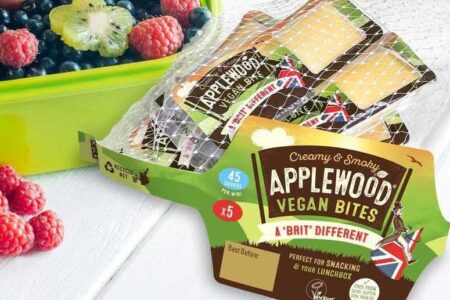Fruit snack sales predicted to soar

A recent report from Fact.MR displayed that a more profound nutritional understanding has heightened consumers’ spending of fruit snacks.
The global fruit snacks market is poised to grow at an impressive CAGR of over 8.5% and is estimated to reach a value pool of over $9 billion by the end of the forecast period (2019-2027).
Health foods are no longer a niche group of products: they are becoming part of current mainstream food trends. These conditions are transforming the food industry’s landscape and giving the fruit snacks market a lucrative base for growth. A pronounced concern for well-being among top tier customers is one of the main driving forces behind healthier food options and sales of fruit snacks. This is motivating more food companies to utilise locally sourced, functional and natural ingredients for fruit snacks.
Key takeaways of the fruit snacks market, according to Fact.MR:
- Regarding heightened global sales of fruit snacks, consumer awareness and preferences are further accompanied by an increasing number of government initiatives.
- North America had an overall market share of over 25%. Increasing millennial propensity for highly nutritional convenience foods will drive the fruit snacks market in this area.
- During the forecast period, Asia Pacific will be the most lucrative region for the fruit snacks market, with a growth rate of over 5.5%. Growing fears about high sugar intake, artificial ingredients and dissatisfaction with daily indulgence is causing Asian consumers to shift towards fruit snacks.
- Beverages comprised more than 35% of the overall market share. A rapid increase in functional drink consumption due to increased health concerns will drive the market for fruity beverages such as juice and smoothies in the forecast timeline.
- Mainstream stores hold a dominant market share for fruit snacks. An increasing number of modern retail outlets across all regions, including supermarkets and hypermarkets, etc., will support the segmental share for mainstream distribution channels.
- E-commerce giants are including active food catalogues on their websites, which provides easier exposure to food snack products as they do not need to compete for physical shelf space.



